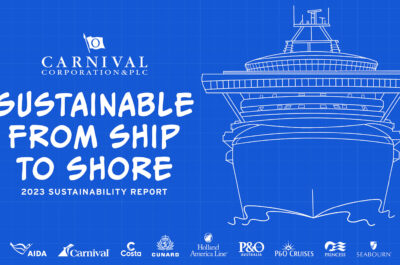Want to start a travel blog or need to write a college essay about traveling? Follow travel writing tips to know how to attract the attention of your readers.
It’s an art to tell about trips so that the reader sees everything with his/her own eyes. Two people will tell you about the same trip differently. You may read the story and think, “Wow, it’s the best place on Earth. I wish I was there now.” You’ll have such a reaction if you read an engaging travel story. When reading the story written by a poor writer, you’ll feel bored, and that’s it.
Do you like traveling and want to share the impressions from the journey with others? Want to try yourself as a travel journalist, blogger, or just create killer posts about your travels on social media? Here are some of the most vital tips and tricks for you. You will find more information here on how to create great stories that will hook your readers from the very first sentence.
Decide on what you want to tell your reader
You should have a clear picture of what kind of story you want to tell your readers. Before you get started, you need to have a plan of how to tell about each event in your mind. Write a brief draft to know how to organize your story. Remember that it’s a must to have a clear storyline. Those who write travel stories for the first time often make the same mistake – they include all the events in the story. You need to decide what to share with the reader and what information will be useless for your audience. Make sure that your story has a purpose understandable for the reader.
Engage your reader by telling a memorable story
Imagine your target audience to whom you address your story. Find words for each person reading your travel article. The stories that are written "for everyone" do not catch anyone like in fishing: only knowing exactly what fish you want to catch, you can choose the right bait.
Nothing can attract the reader better than an interesting, mysterious story. Such stories bring to life even monuments. When tourists go sightseeing, they listen to the guide and memorize stories about each monument thanks to the legend. Few people memorize factual information that includes figures, etc. People must have associations to remember about the place, monument, etc. You can find stories that can be inserted into your article everywhere. Use all available resources: the Internet, books, stories of local residents. You should always remember that any street, house, or tree has a history. Your goal is to show the places, not just describe them. A talented storyteller will manage to create the atmosphere that it seems you have already been in the place you’re reading about.
Use effective hooks in your travel story
Here are several effective hooks to raise interest in readers:
- "Wow-facts" (paradoxical observations, amazing numbers, etc.).
- Life hacks, useful tips (For example, you can answer the following questions in your article, “How is it better to reach the destination you are talking about?”, “What cafe should you go to when being abroad? What to try there?” “What souvenir can you buy in the country?”)
- Irony and jokes (This awakens emotion. Without emotion, the text becomes dry).
- Bright details. It is important to remember that you shouldn’t use too many details. Make your story vivid with dialogues. Share your personal experience.
You’re recommended to start an opening paragraph from one of these hooks.
Make sure your article doesn’t include the following things
There is no place for these things in a perfect travel story. Edit it and get rid of them, if necessary.
- Pathos (it makes the text sound boring);
- People's words and opinions – it’s your story;
- Too many senseless epithets like beautiful, luxurious, delightful, magnificent. These words no longer carry a semantic load. You’d better help your reader feel the atmosphere by telling how you feel at a certain place, how the food in the local cafe tastes and smells, and so on. Sensations can do magic with the reader.
- Lengthy descriptions, unnecessary details.
- Bureaucracy and book circulation.
- Cliches ("narrow cobbled streets," "indelible impressions");
- Exclamation marks and dots (their abundance betrays the author's impotence).
Check all the factual information
You should proofread and edit the text paying special attention to facts. After you complete your travel story, check the correctness of:
- Numbers, dates;
- Proper/geographical names;
- Everything that is indicated as "the largest," etc.
If it’s problematic to confirm the veracity of your exciting story, such magical expressions like "they say that," "as the local legend says," etc. will come to the rescue.
Follow the tips listed above, and you are guaranteed to create an interesting and engaging travel story.




































































































































































































